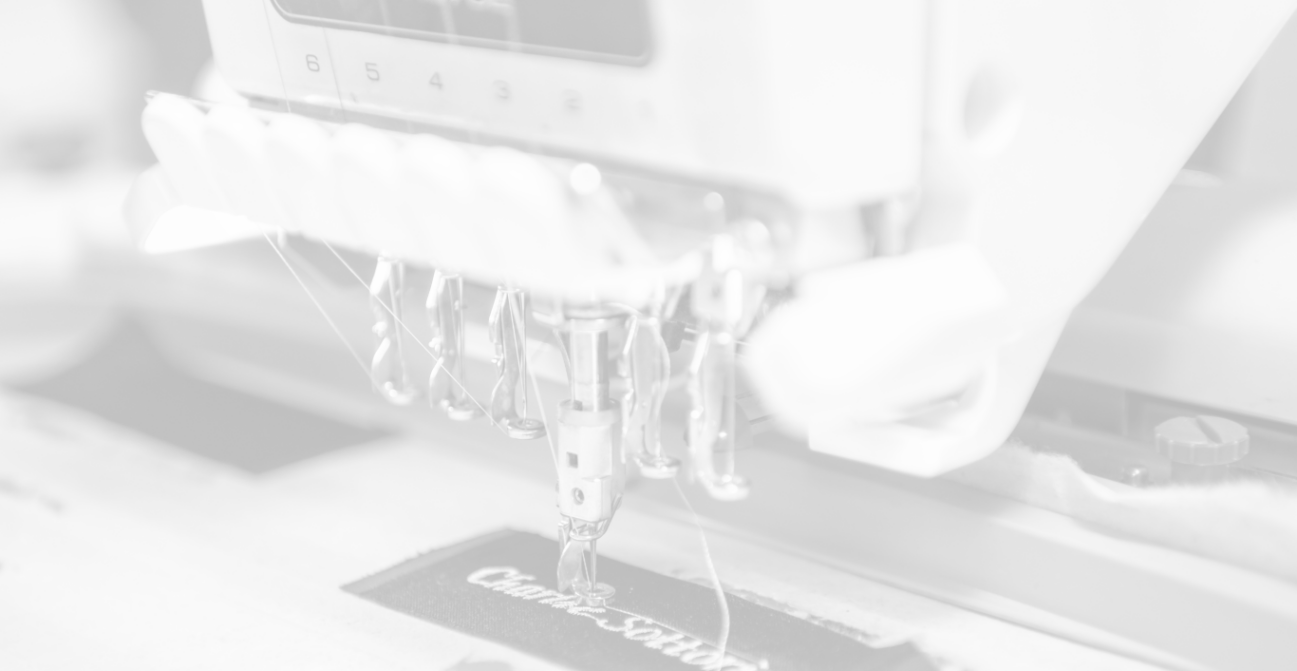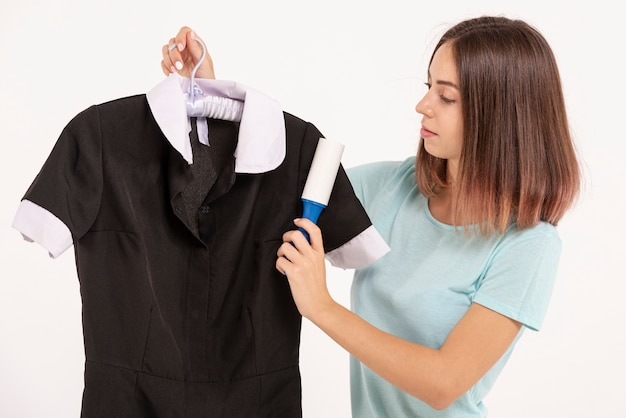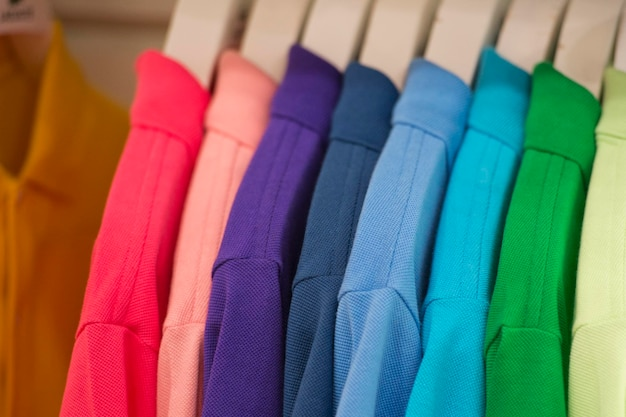How to Order Custom School Uniforms: A Guide for Schools
Custom school uniforms bring about a sense of identity and unity among the students. They speak of the values of the institution, guarantee uniformity, and service with practical needs for all age groups. Ordering a custom school uniform is somewhat complicated; however, by properly planning it and choosing the right school uniform supplier, the process becomes smooth. With this structured guide, you can create a streamlined process to deliver uniforms that truly meet the expectations of students, parents, and staff alike.
Step 1: Identifying Your School’s Needs for Custom Uniforms
Defining Brand and Identity Requirements
Custom school uniforms are a direct reflection of your school's brand and identity. Therefore, your first step in implementing school uniforms would be to define the key attributes you want the uniform to portray-formal or casual school uniforms, modern or traditional design, and what color palette best reflects your brand identity.
For example, schools emphasizing tradition may choose blazers and ties, while progressive schools might prefer a more casual look that incorporates polos or sweaters. Consider adding the school logo, motto, or emblem to the design for reinforcement of identity. Regarding casual school uniforms, ensure the style still denotes professionalism, offering a more relaxed option on certain occasions.
Considering Practical Needs for All Ages
Consider practical needs across age groups: for younger students, this means easy-on clothing that can withstand rough-and-tumble playground activities; for older students, consider stylish, formal designs suitable for academic and extracurricular pursuits alike. Uniforms should also vary according to various weather conditions by adding warm options for winter and light, breathable fabrics in summer. The whole range of age groups should ensure comfort with durability.
Don’t forget to account for ease of cleaning and fabric care, as parents will appreciate uniforms that are machine washable and require minimal ironing. For students with specific needs, such as sensory sensitivities, consider softer fabrics or tag-free designs to ensure everyone feels comfortable.

Step 2: Finding the Right School Uniform Supplier
Researching Supplier Experience and Expertise
An equally important step is to make the right choice for a school uniform supplier. Look out for every supplier who has the greatest deals in providing custom school uniforms. Businesses such as Kutesmart focus on delivering tailored solutions for schools, guaranteeing high-quality outcomes.
Reviewing Customization Options
Assess the supplier's ability to meet your customization needs. Can they offer both formal and casual school uniforms? Do they offer embroidery services for logos and emblems? Ensure they can accommodate your specific requirements.
Customization should also extend to size inclusivity, ensuring uniforms are available for all body types.
Comparing Pricing and Bulk Order Discounts
Pricing is an essential factor when ordering custom school uniforms. Compare quotes from different suppliers and inquire about bulk order discounts. Don’t compromise quality for cost—invest in uniforms that are durable and long-lasting to reduce replacement frequency.
Be cautious of hidden fees such as shipping costs, customization surcharges, or small batch production charges.
Step 3: Designing Custom School Uniforms
Balancing Formal and Casual School Uniforms
Come up with a lineup of uniforms, compromising between formal wear for daily use and casual school uniforms for specific occasions. Both need to be functional for the students and be within the identity of the school.
Choosing Durable and Comfortable Materials
Materials should be durable, comfortable, and easy to maintain. Some fabrics, such as polyester-cotton blends, offer a good compromise between durability and breathability. The uniforms need to be highly resistant against wear and tear, which, in reality, can easily happen to active students.
Engaging Key Stakeholders in the Design Process
Engage teachers, parents, and even students in the design process. Their input is crucial to ensure that the uniforms come out to everyone's expectation in terms of comfort, practicality, and aesthetics.
Host workshops or design contests within the school to make the process more interactive and engaging.

Step 4: Managing the Ordering Process
Setting Clear Production and Delivery Schedules
Work with your supplier to establish specific timelines for production and delivery. It generally takes 4–8 weeks when ordering custom school uniforms, so it's essential to plan well in advance to avoid delays.
How to Verify Order Quantities and Sizes
Sizing accuracy is crucial to avoid extra costs or delays. Collect detailed size information for each student and confirm quantities before ordering. Many suppliers provide size samples to help with accurate measurement.
Keep an accurate record of each student’s measurements and share size charts with parents to ensure there is no miscommunication.
Regular Communication with Your Supplier
Keep in close contact with your supplier right through to the end. Frequent updates ensure that your production is on schedule and any potential issues arise as quickly as possible.
Step 5: Quality Control and Final Delivery
Inspecting the Final Product
Upon delivery, inspect uniforms for quality, design accuracy, and proper sizing. Discrepancies should be promptly reported to the supplier.
Arrange Distribution to Students
Devise a plan for the distribution of uniforms: organize collection days, or deliver them directly to the students. Clear communication regarding the logistics of uniform distribution helps in smooth uniform distribution.
Reorder and Long-term Planning
Uniform needs change over time. With the help of your supplier, devise a plan for reorders and set up an ongoing system for future needs. This maintains design and quality consistency.

Conclusion
Ordering custom school uniforms is an essential investment for schools trying to establish a unified and professional image. All you need to do is identify your school's needs, collaborate with an accomplished school uniform supplier like Kutesmart, and handle the process efficiently. A well-organized uniform system can reduce long-term costs, improve satisfaction among stakeholders, and establish a professional and unified school environment.
FAQs
Q1.What are the key benefits of choosing custom school uniforms?
Custom school uniforms promote unity, reflect the school’s identity, and ensure practical solutions tailored to student needs.
Q2.How long does it typically take to receive custom school uniforms?
Production and delivery typically take 4–8 weeks, depending on the supplier and order size.
Q3.What should schools consider when choosing a school uniform supplier?
Consider the supplier’s experience, customization options, pricing, and ability to meet timelines.
Q4.Are there sustainable options available for custom school uniforms?
Yes, most suppliers also have eco-friendly fabrics made from sustainable materials.
Q5.What types of custom school uniforms are available?
Custom school uniform varieties range from formal wear to casual school uniforms, sports uniforms, and seasonal variations.

.png)








